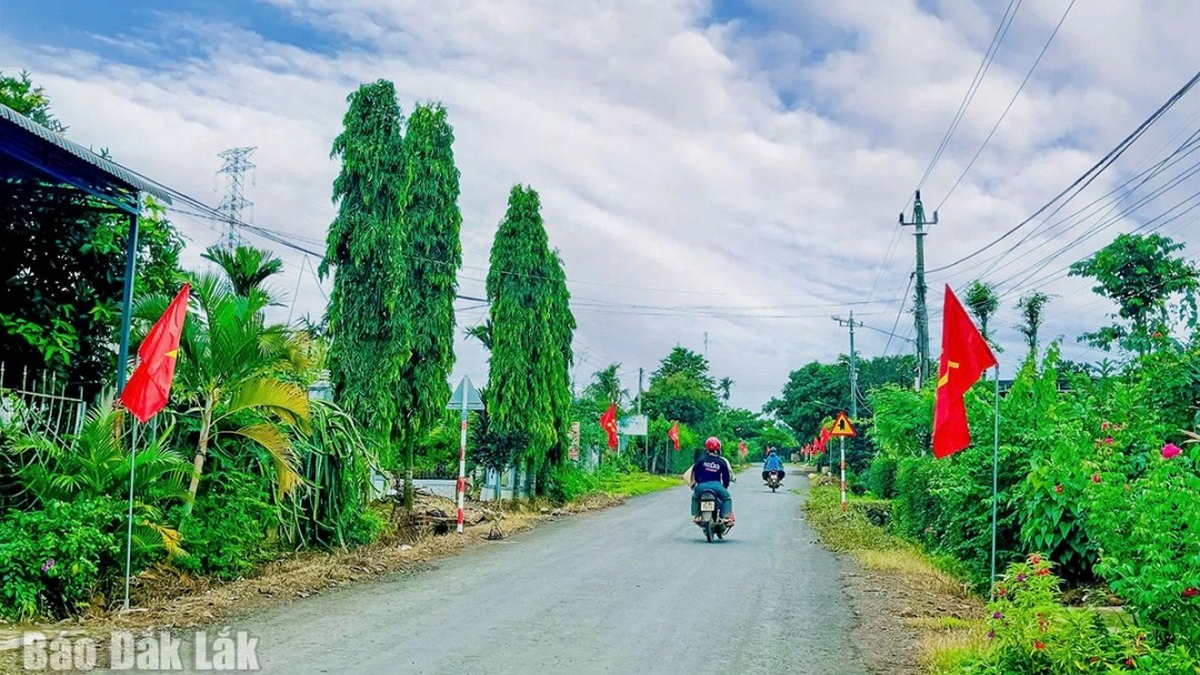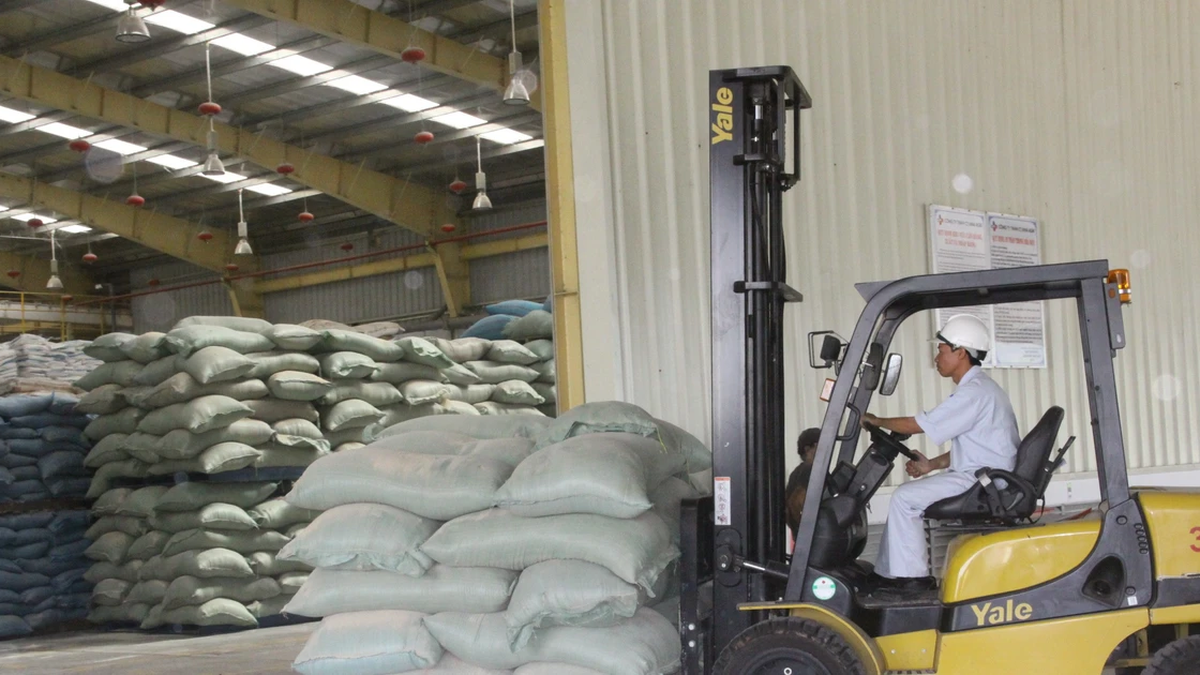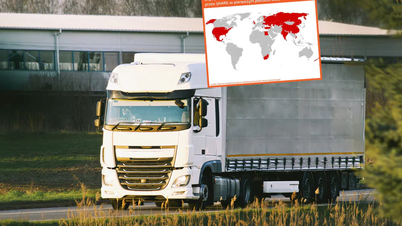
Online shopping saves money
The data was published in the Cross-Border E-Commerce Business Model Research Report, conducted by Ninja Van Group and DPDgroup. The report was deployed in 6 Southeast Asian (ASEAN) countries: Singapore, Philippines, Malaysia, Indonesia, Thailand and Vietnam, with 5,000 respondents.
With an average of 104 orders per year, Vietnamese people have a much higher frequency of online shopping than people in the next countries, Thailand (75 orders/year), Singapore and the Philippines (both 58 orders/year). Meanwhile, the regional average is 66 orders per year. Fast-moving consumer goods, clothing and footwear account for a large proportion of Vietnamese orders.
Not only leading in terms of orders, 59% of Vietnamese consumers said they have ordered or shopped on international websites many times. This is the second highest rate in the region, only after Singapore. The report calculated that Vietnam accounts for 15% of the total online shopping market in Southeast Asia, second only to Thailand with 16% and equal to the Philippines.
In a report by Ninja Van Group and DPDgroup, saving money is the main reason why users shop online, with 76% of Vietnamese respondents agreeing. This rate is second in Southeast Asia, after Indonesia (77%). However, free shipping is not an important motivation for online shopping for Vietnamese people, with only 26% agreeing - the lowest rate in the region.
According to J&T Express, online shopping habits have developed strongly in the Covid-19 pandemic and have remained quite stable even after the pandemic. Notably, the demand for shopping on e-commerce platforms has "exploded" not only in big cities but also in rural and mountainous areas. The strong change in consumer shopping behavior, shifting from direct to online shopping, has brought many development opportunities to the express delivery industry. The high rate of people using smartphones with internet connection in rural and mountainous areas has helped e-commerce in these areas increase rapidly and online shopping has become convenient and easy.
Previously, many other forecasts also gave similar results about the development of online business in Vietnam. According to Statista, Vietnam is expected to own the second largest e-commerce market in Southeast Asia, only after Indonesia before 2025. Vietnam currently has an average purchase price (ABS) of 26 USD, higher than the two most populous countries Thailand (25 USD) and Indonesia (18 USD).
Google and Bain & Company also forecast that the size of Vietnam's digital economy will exceed 52 billion USD and hold the 3rd position in the ASEAN region by 2025.

Great potential of retail logistics
The 2021 Emerging Market Logistics Index report recently released by the world's leading logistics service provider Agility shows that in 2021, Vietnam increased its ranking by 3 places compared to 2020, ranking 8th in the top 10 leading countries. Logistics is forecasted to be an industry with great growth potential in Vietnam in the future with a rapid growth rate of up to 13 - 15%/year.
Vietnam currently has more than 30,000 registered enterprises operating in the logistics sector, of which 89% are domestic enterprises, 10% are joint venture enterprises and 1% are foreign enterprises. In addition, there are a number of multinational companies specializing in providing logistics services operating in the Vietnamese market such as Maersk Line, DHL, Kuehne + Nagel...
According to statistics from the Vietnam Logistics Services Association (VLA), the growth rate of the logistics industry in Vietnam in recent years has reached about 14 - 16%, with a scale of about 40 - 42 billion USD/year. The logistics market in Vietnam is highly appreciated, ranking 64/160 countries in terms of logistics development and 4th in the ASEAN bloc (after Singapore, Malaysia, Thailand). Compared to some European countries, Vietnam's logistics services are still better than some Eastern European countries such as Bulgaria (51), Russia (99), Ukraine (73) and better than most other African countries.
According to reports, the outstanding development of the e-commerce industry has led to the growth of retail logistics across the region. The retail logistics market is divided into conventional retail logistics and e-commerce retail logistics. The mode of transportation in the retail logistics market is divided into rail, air, road and water. To date, road transport has the highest proportion in the retail logistics market with a revenue of over 100 billion USD. Due to the need to use road transport to transport retail products over long distances, especially in the domestic market, road transport has become a good choice for retail logistics businesses.
Economists predict that the e-commerce retail logistics market will account for a significant share of revenue in 2020 and is expected to continue to grow in the future. Analyzing the impacts leading to the growth of the global retail logistics market, Research and Markets said that the increased integration of drones helps improve flexibility and delivery speed, thereby positively affecting the growth of the retail logistics market in the coming period. In addition, the application of advanced technologies such as artificial intelligence, blockchain, and machine learning allows for increased revenue.
According to forecasts from many prestigious organizations in the world, Vietnam's economy is likely to recover at a high rate of 6 - 6.5% in 2022. This is the reason why developing countries like Vietnam have become fertile ground for logistics businesses to expand their operations.
Source: https://khoahocdoisong.vn/bung-no-thuong-mai-dien-tu-o-nong-thon-post1155624.html




























![[Photo] National Assembly Chairman attends the seminar "Building and operating an international financial center and recommendations for Vietnam"](https://vphoto.vietnam.vn/thumb/1200x675/vietnam/resource/IMAGE/2025/7/28/76393436936e457db31ec84433289f72)







































































Comment (0)